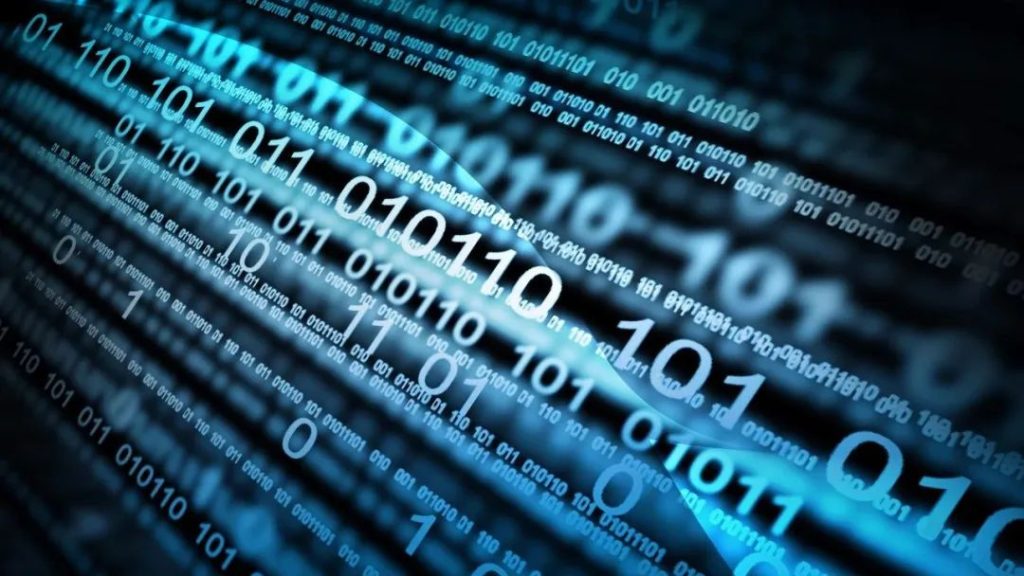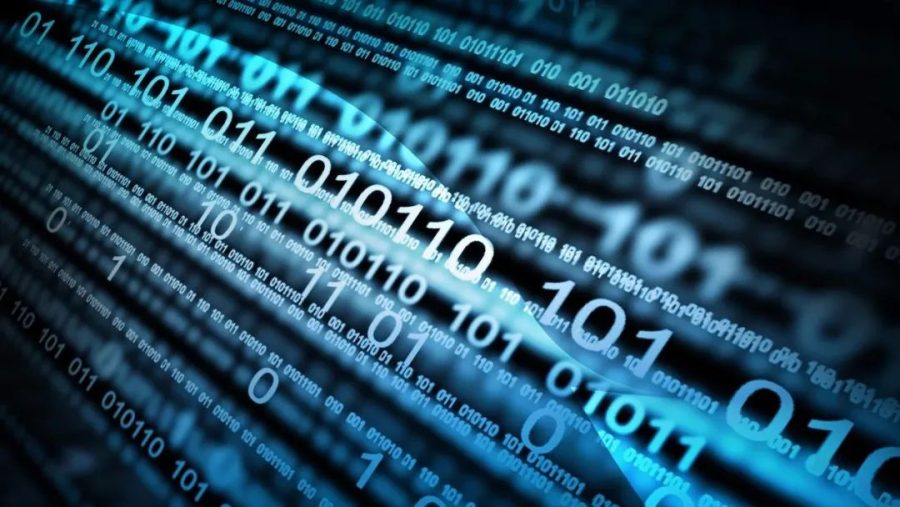
Introduction
Encoding:
Any message must be “encoded” before it enters the realm of mass communication. Firstly, the message must circulate in some symbolic form in the field of communication, because “there can be no intelligible discourse without the manipulation of symbols”.
Secondly, “processing” implies a trade-off of material, which makes it difficult to avoid tendencies. In fact, it is a selective and purposeful processing that reflects and expresses the public opinion that the media represent and wish to promote. Hall emphasizes that the ideological influence of the media is much more subtle, complex and contradictory.
Decoding:
Mass communication is not a one-way communication, but a two-way interactive and cyclical process. Encoding is only one part of mass communication. Whether or not it receives the desired effect in social practice also depends on the decoding activities of the receiver. Decoding is the process by which a message is read and understood, and it is through decoding that a message enters the structure of social practice, producing a certain meaning and a series of “complex perceptual, cognitive, emotional, ideological or behavioral outcomes”.
Three “hypothetical positions”
1. Dominance of a hegemonic position
The ideal communication of the news disseminator is a “perfectly clear communication”, i.e. the audience decodes within the dominant code, interpreting the information in a way that is exactly in accordance with the expectations set at the moment of encoding. However, the realisation of this expectation depends on the covert operations of the media, through which the reproduction of ideology is achieved in an unacknowledged manner.
2. Symbols of co-ordination
Decoding within the coordinated view involves a mixture of compatible and antagonistic elements. Compatibility allows the message to function and spread smoothly, while resistance allows it to retain its own unique power. It is a dual movement of inclusion and resistance, the effect of which is to harmonise the various dominant prescriptions with their own local conditions and group status.
3. Decoding in a completely opposite way
The viewer may fully understand the twists and turns of the literal and connotative meanings given by the discourse”, but he/she is unwilling to decode the meaning of the message in the way it is set by the dominant symbols, in which case the receiver has a complete sense of autonomy and consciously avoids being manipulated by the media.

Example
Some films are also created under the government’s discourse and force-fed to the audience. And these Works of art, are the decoding of phenomena by their creators, encoded in a certain form of discourse, and then secondarily decoded by us. The information we receive has been processed with subjective colours. Moreover, if the creator does not experience the phenomenon personally, but perceives it through information, it is n times encoded and decoded, but different encoders and decoders have different knowledge frameworks, and under different discourse systems, the more alienated the information becomes.
Reference:
Meenakshi Gigi Durham; Douglas Kellner. 2006. Media and cultural studies: keyworks. Oxford: Blackwell.
Kao Yan. 2021. Helps you see the message pass. Available at: https://baijiahao.baidu.com/s?id=1696365838377581512&wfr=spider&for=pc


The explanation is very clear! At the beginning of the article, the meaning of encoding and decoding is very clearly introduced, which provides great convenience for readers to read this article. Especially in the process of introduction, the definition is very clear, emphasizing that information must be disseminated in the field of communication in the form of some symbols, which also shows that mass communication is not a one-way communication, but a two-way interactive and cyclical process.
Second, the article cites three hypothetical positions to support a more comprehensive account of the way news communicators communicate and the readers receive information in a conscious and conscious way. The explanation of these three hypothetical positions captures the reader’s reading psychology very much and provokes thinking. The last case is also very consistent, leading to the output form of art, taking advantage of situations that people often encounter in reality, such as watching movies or watching paintings and other forms of artistic communication, each reader has many different opinions. This case is very close to life, and it also allows readers to clearly understand the difference between decoding and encoding.
The concept of encoding and its inherent subjectivity is thought-provoking. Your emphasis on the media’s role in shaping public opinion through the selective and purposeful processing of messages highlights the media’s subtle yet profound impact on societal perceptions. It’s a reminder that every information we receive is filtered through various lenses, each adding its shade of meaning.
I think the three hypothetical positions of decoding you outlined are insightful. They illustrate the complexity of how audiences interpret messages, ranging from alignment with the dominant ideology to complete autonomy and resistance. This underscores how individuals process information based on their experiences, beliefs, and cultural contexts.
However, how do these theories apply in new media platforms, especially social media, where user-generated content plays a significant role? How do encoding and decoding processes evolve in these spaces, where the lines between creator and audience are often blurred?
By the way, the example of films as a medium for government discourse is a striking illustration of the encoding-decoding dynamic.
Thanks for your blog! It brilliantly dissects the intricate dance of encoding and decoding in mass communication. It offers a lens through which we can better understand the media messages surrounding us.